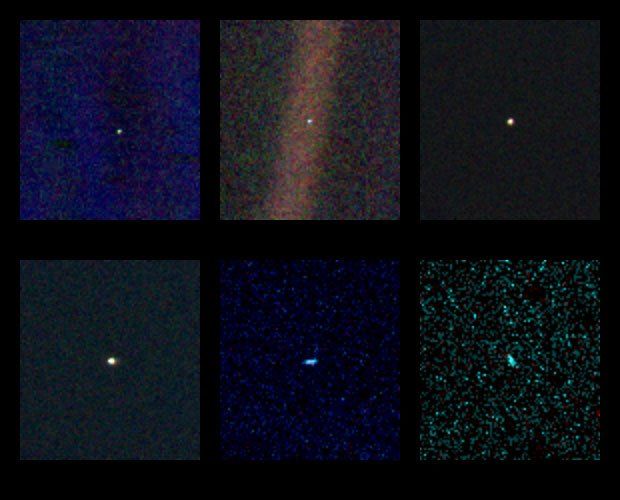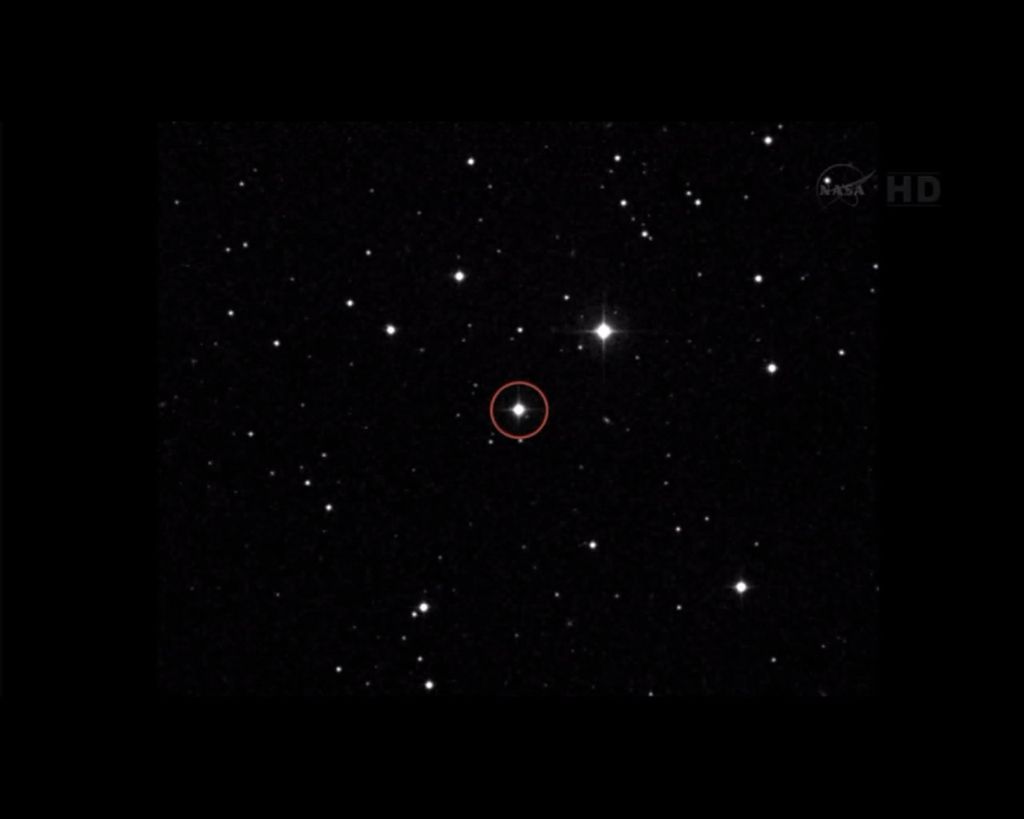There are only 5 objects that are on trajectories out of our solar system, exploring interstellar space. These amazing feats of engineering have survived for decades slingshotting off of planets, escaping the clutch of the sun's gravitational pull. It began sometime in the summer of 1965 when calculations showed that all of the outer planets, Jupiter, Saturn, Neptune and Uranus, would align around the end of the next decade - an event that would occur only once every 176 years. Planning began and two test probes, Pioneer 10 and 11, were launched on a route that would take them out of our solar system, in 1972 and 1973 respectively. Where are they now? And where are they heading?
Pioneer 10 is approximately 125 astronomical units (AU) away from earth and is heading in the direction of the Alderbaran star in the Taurus constellation. The craft died in 2003.
Pioneer 11 died before it's sister, in 1995. It is currently 103 AU away and is heading roughly towards the center of the galaxy.
Both Pioneers carry a plaque on board, depicting, amongst other things, a map showing where earth is in the galaxy, and two humans.
The Pioneers pioneered the way for further missions into the endless night of space - the Voyager missions which would take advantage of the once in a lifetime alignment were launched in 1977.
Voyager 2, which took a plethora of stunning photos, is the only craft that has ever flown past Uranus and Neptune. Voyager 2 is 123 AU distant from earth and is headed towards Sirius, the brightest star in the night sky.
Voyager 1 is currently the most distant man-made object from earth at 148 AU. Voyager 1 does not really have much of a destination though - it's heading towards a star called Gliese 445 which it will pass at a distance of 1.6 light years in 40000 years time.
Both Voyagers have been travelling for 43 years and are expected to run out of the nuclear generated electricity around 2025. In 2017, NASA fired the trajectory correction thrusters of Voyager 1 for the first time since 1980, just so that we could talk for a little while longer.
Both Voyagers have a Golden Record with a collection of sounds from earth - greetings in 55 different languages, Mozart's Die Zauberflöte, and many other tracks and images encoded in analogue form - as well as a similar depiction as the Plaque.
The New Horizons probe is far more recent, launching in 2006 and slingshotting off Jupiter and passing by Pluto. New Horizons is around 46 AU away and is expected to live for another decade. New Horizons will never catch the Voyager probes despite having a faster launch velocity. The craft remains in the Kuiper Belt where it may visit another Kuiper Belt Object, after which the team may turn the camera around to take one last picture of earth, similar to Voyager 1, 40 years earlier.
All of these destinations, though, are thousands of years away from the crafts. In their long, lonely journey into the abyss, these 5 probes go further than anything ever before.
Galleries:
JPL Voyager Gallery
NASA Voyager Gallery
NASA New Horizons Gallery
Golden Record Side 1
Golden Record Side 2
NASA Flickr page


per aspera ad astra
